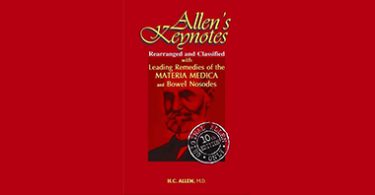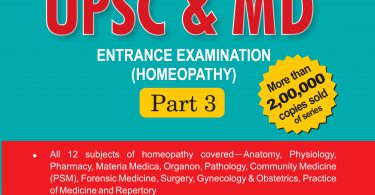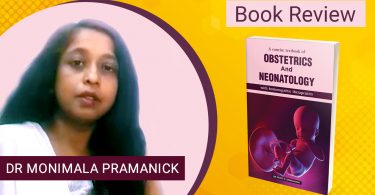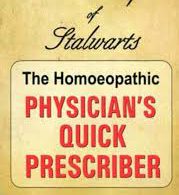 I have been a fan of Farok Master’s books since…forever, therefore, for readers in a hurry, I would say “if he wrote it, you should read it”.
I have been a fan of Farok Master’s books since…forever, therefore, for readers in a hurry, I would say “if he wrote it, you should read it”.
This book should be renamed “Tips and Tricks from my clinical experience”. More or less structured along the lines of the repertories sections with more modern clinical headings like Gastrointestinal tract and Abdomen, Cardiovascular system and Blood, Nervous system, Endocrine system, ending with Generalities, Miscellaneous Tips and Tips for animals and Plants, each section consist of three parts:
- The Repertory, with rubrics and a limited choice of remedies, obviously those that Dr. Master has used and have been useful
- Remedy hints where some remedies are examined specifically for pathologies in the organ or system under review while some presentations are analysed with a differentiation about remedies, like for example “Eczema from Suppression” or “Climacteric Ailments”
- Comparisons: some clinical situations are reviewed and their remedies compared and discussed
Some cases are succinctly presented and discussed, but not in every section.
One has to remember that this is a snapshot of Dr. Master’s practice, not an exhaustive analysis of all the possible available rubrics and possible remedies in all pathologies found in Textbooks of Medicine.
I found a few weird rubrics: Mind, atheistic…really? Is that a pathology? Since when does a practitioner impose his own philosophical, religious or political views as being healthy and the rest an image of disease?
There are some inconsistencies too. Although we do not expect all the possible remedies for all pathologies to be included, certainly those quoted (and therefore probably used) should be reflected in all parts. For example, the remedy Naja is discussed in the Mind rubrics and quoted as an almost specific for heart valve pathology, yet it does not figure in the repertory for Cardiovascular diseases (and specifically under Valves) but is again discussed under the Remedies in that same chapter. Some omissions are strange: Silica is quoted for scars but the widely used Thiosinaminum is not: was it never used or forgotten? Is it not recommended by the author?
Those small problems make this book a confirmatory tool to consult after a full repertorisation, or a tool for finding specific indications for some remedies in specific pathologies when nothing seems obvious or clear cut instead of being the first to go to in a busy practice setting. But that does not mean it should be shunned or neglected, on the contrary, as we have here a clear insight in the author prescribing genius.
Highly recommended to every student and practitioner.
Dr. J. Rozencwajg, NMD
New Plymouth, New Zealand.





